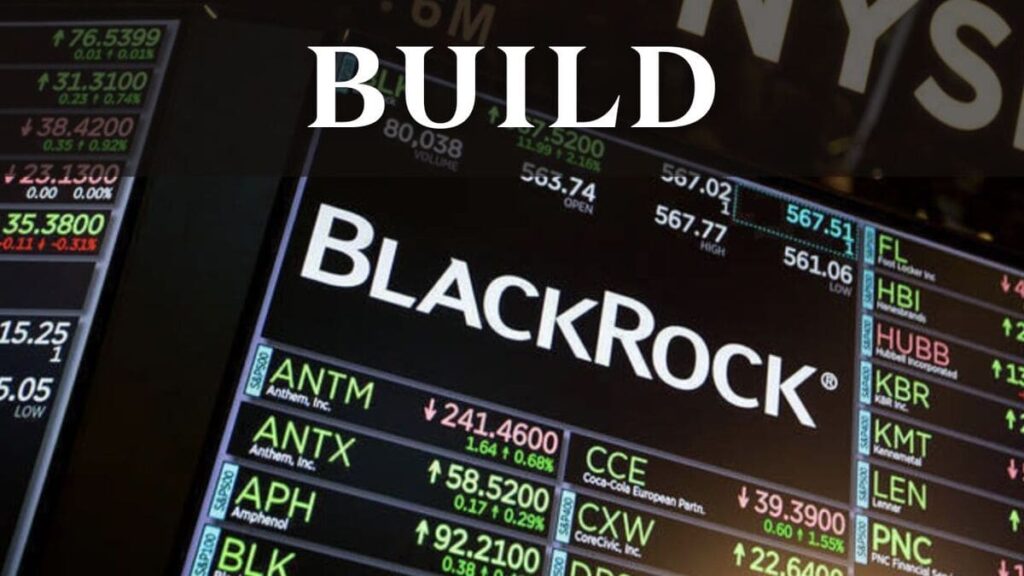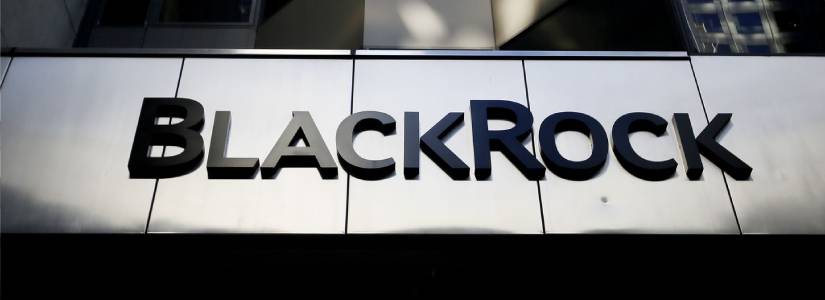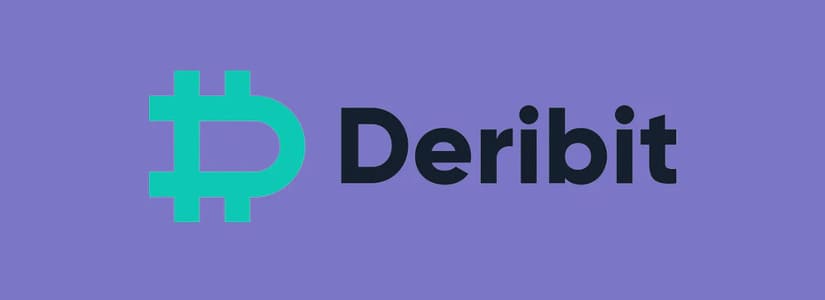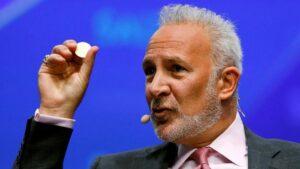TL;DR
- Crypto.com and Deribit start accepting the tokenized BUIDL fund as collateral today, adding an alternative to USDT and USDC.
- BUIDL offers a 4.5% annual yield and allows institutional traders to diversify collateral in spot, futures, and options markets.
- Ethena Labs integrated BUIDL into its USDtb Liquidity Fund, enabling instant swaps for stablecoins and new DeFi strategies with tokenized bonds.
Crypto.com and Deribit have started accepting BUIDL, BlackRock’s tokenized U.S. Treasury fund, as collateral for trading operations. As of June 18, institutional clients can use BUIDL in spot, margin, futures, and options transactions, adding a new collateral option beyond traditional stablecoins.
BUIDL is the first tokenized fund of its kind to reach this level of integration on crypto exchanges. It offers a 4.5% annual return and is available to institutional traders with a minimum allocation of $5 million. The goal of this integration is to diversify collateral options and reduce dependency on USDT and USDC within the derivatives market.
Crypto.com and Deribit Respond to Professional Traders’ Demands
Crypto.com pointed out that adding BUIDL addresses growing demand from advanced traders seeking greater operational flexibility. Deribit, meanwhile, will enable direct trading with the token on its platform, improving liquidity and expanding its exposure in global markets. The inherent stability of U.S. Treasury bonds also allows for better risk management and optimized capital allocation in leveraged trades.
Better Yields with the USDtb Liquidity Fund
The tokenized fund has also been integrated into Ethena Labs’ USDtb Liquidity Fund, a tool that allows investors to swap BUIDL for the USDtb stablecoin. This gives users immediate liquidity without losing exposure to bond yields. At the same time, it unlocks new DeFi strategies based on tokenized traditional assets.
The addition of conventional financial instruments to the crypto ecosystem reinforces a trend aimed at strengthening decentralized infrastructure with lower-volatility, yield-bearing assets. Industry investors believe this model will expand to other platforms and products as institutional demand continues to grow













